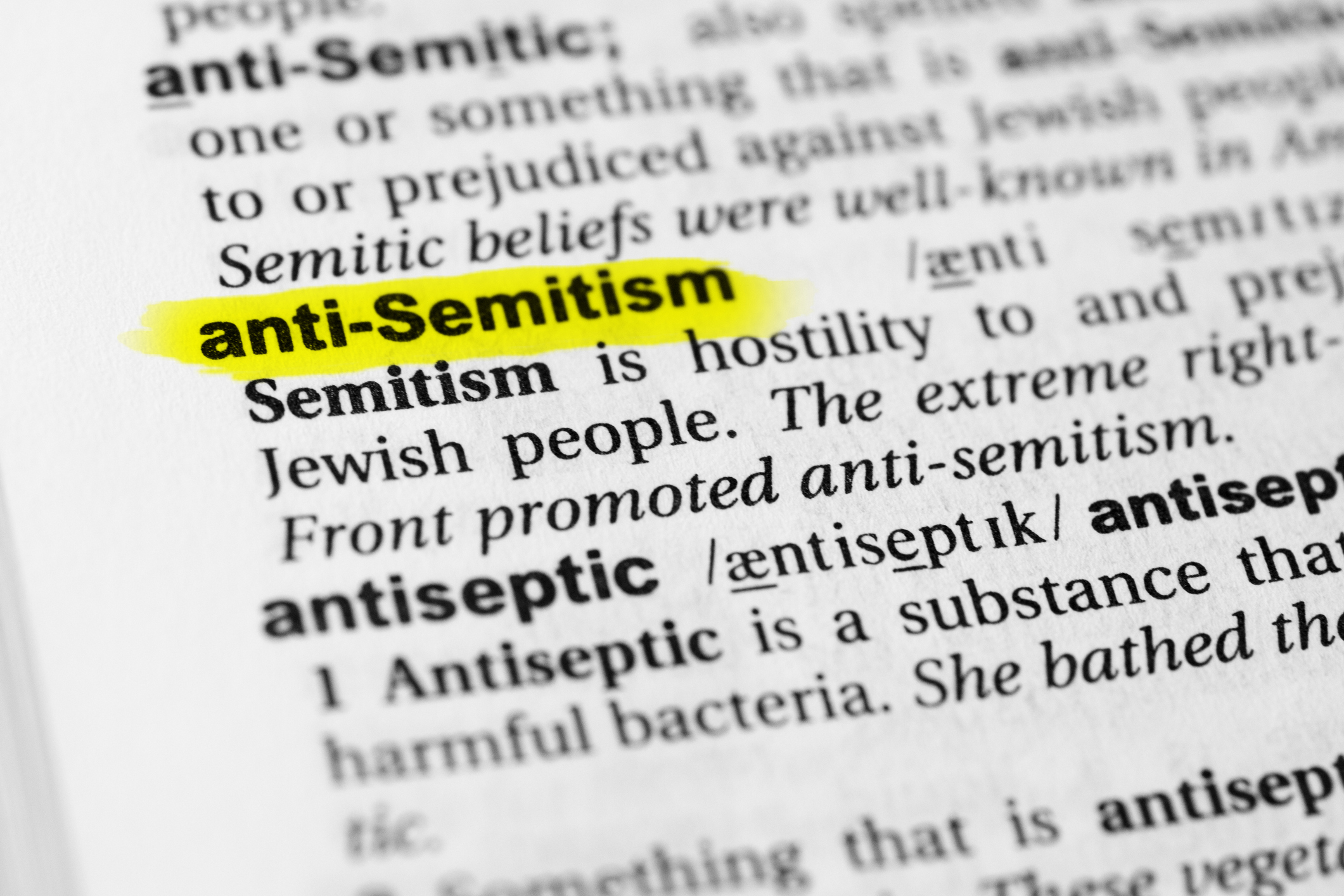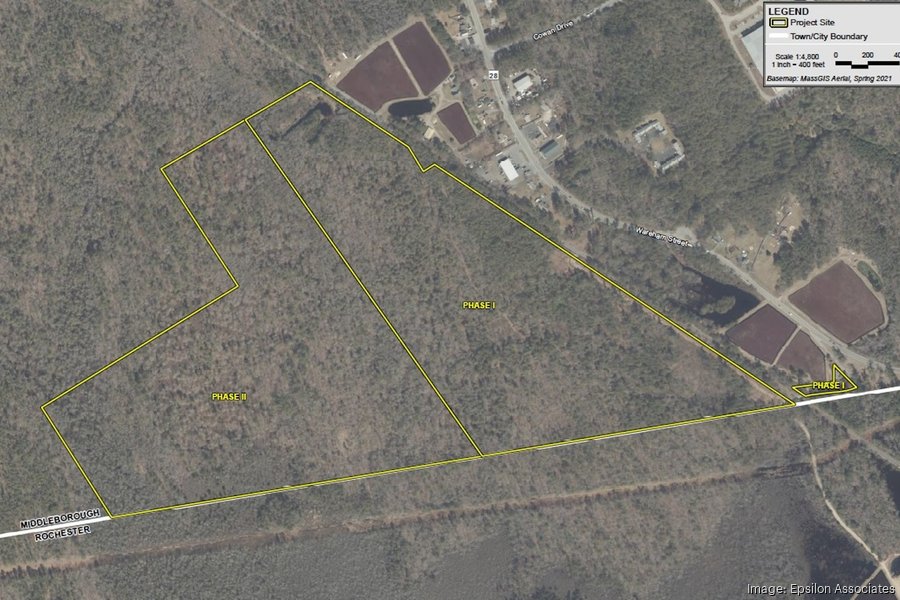Don’t let Friday’s blue sky fool you. There’s a hurricane brewing in Cambridge.
This isn’t Matthew, though. It’s MIT’s wind tunnel.
“Over the years it’s tested all sorts of things. We’ve tested building programs, architectural devices, we’ve tested motorcycles in there,” says Bill Litant of the Aeronautics and Astronautics Department.
Researchers here use small scale models to see how objects like buildings handle strong winds.
“What is the effect that these buildings and the buildings around them have on wind patterns in the area,” Litant says of the tests.
One of those buildings tested, the famous Spaceship Earth at Epcot in Orlando, was closed as Matthew charged by Florida this week.
“They were concerned, what would happen when you had this huge ball in proximity to a potential hurricane winds, or even high velocity normal winds,” Litant explained.
Massachusetts
The latest news from around the state
MIT’s model of the attraction, which is still on campus today, withstood testing in the tunnel.
Today the top wind speed that can be achieved in the Wright Brothers Wind Tunnel at MIT is 160 mph. That’s about the speed that would be found in a category 5 hurricane.
It’s not just buildings in the path of hurricanes that get tested. Boston landmarks have been examined too.
When windows mysteriously started blowing out of the former Hancock Tower, MIT again got the call.
“We built a Hancock building and a city of Boston around it and we blew wind around it to see what was happening,” Litant said.
The problem: found to be twisting winds around the building. The issue was fixed.
Running the wind tunnel isn’t easy though. It takes tremendous power, and when it first opened decades ago, it quickly become known for its noise.
“It was so loud we got complaints from across the river in Boston that people couldn’t hear what they were doing,” says of noise after the tunnel opened.
Today the tunnel mostly tests wind turbines and aircraft, including a super-efficient 737 sized plane designed for NASA
“What this aircraft that we have developed has, is the potential of getting 70% better fuel efficiency than commercial airlines of that size,” Litant explains.



